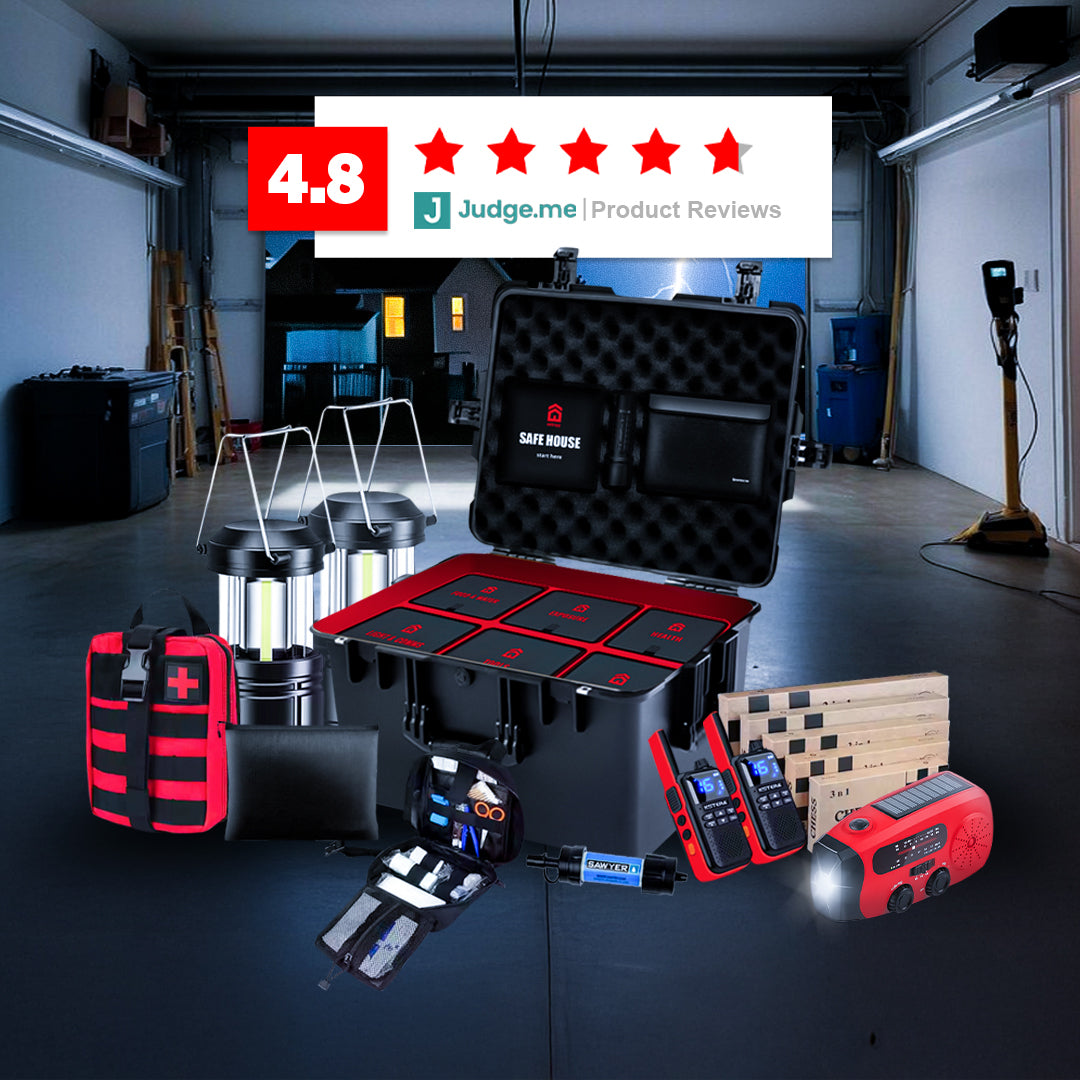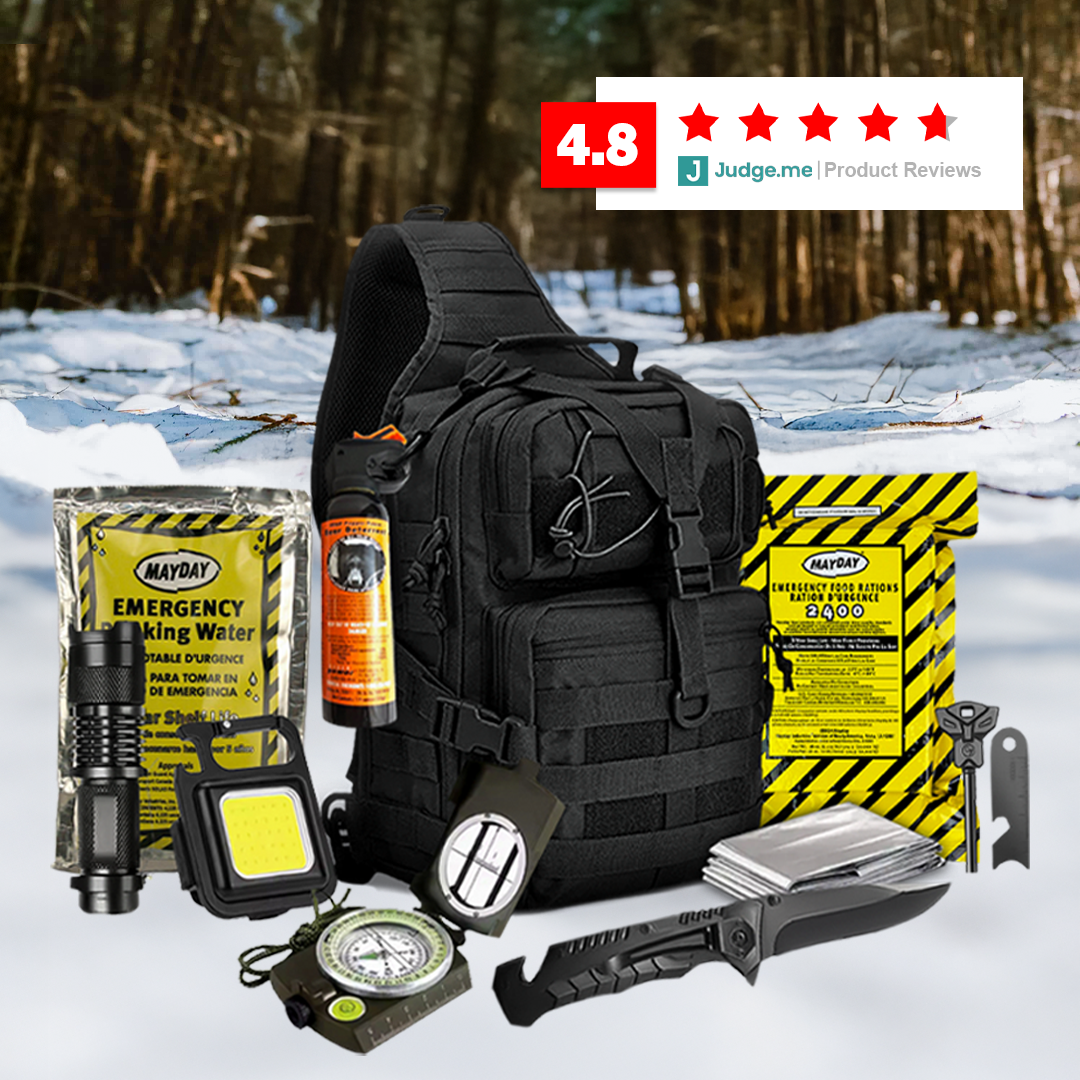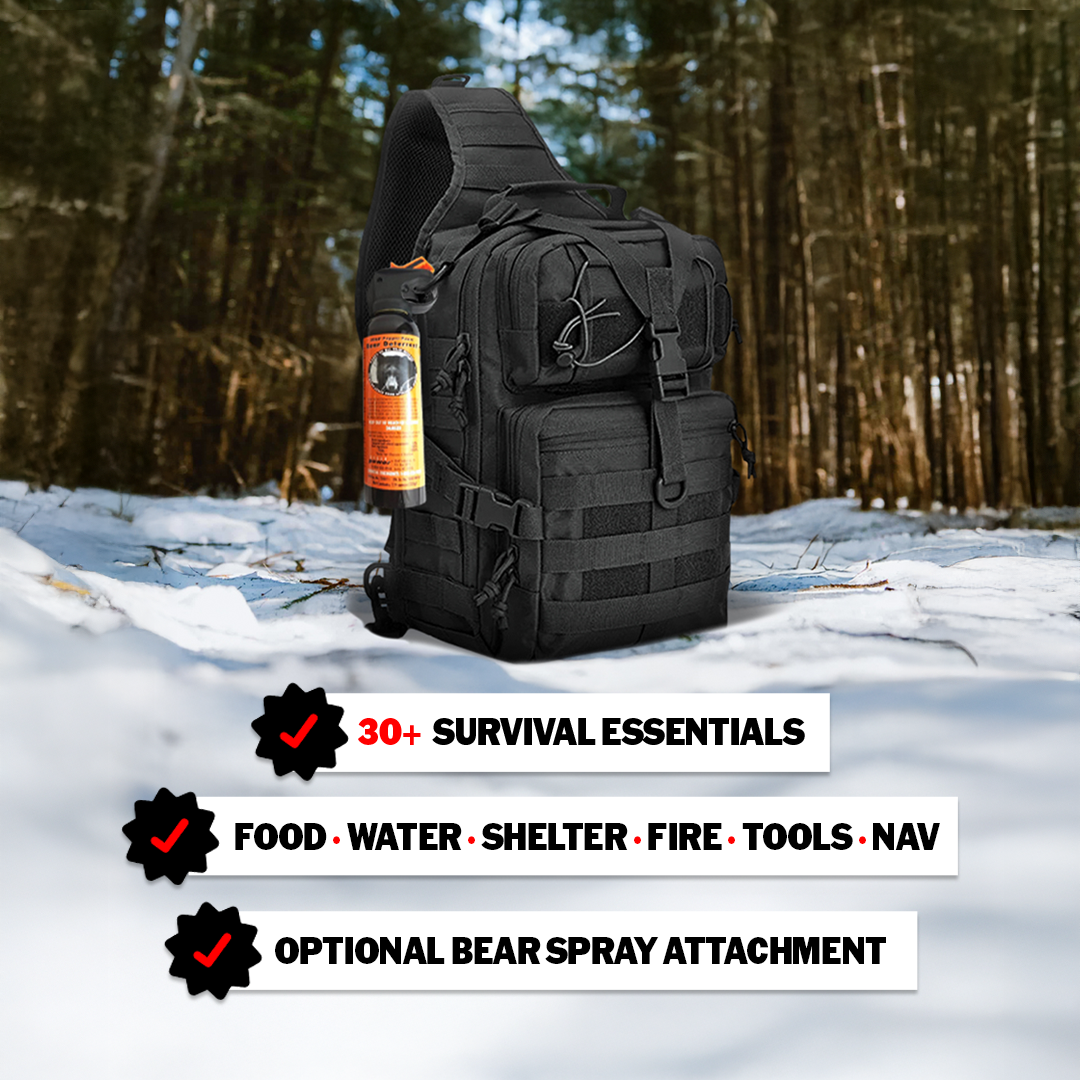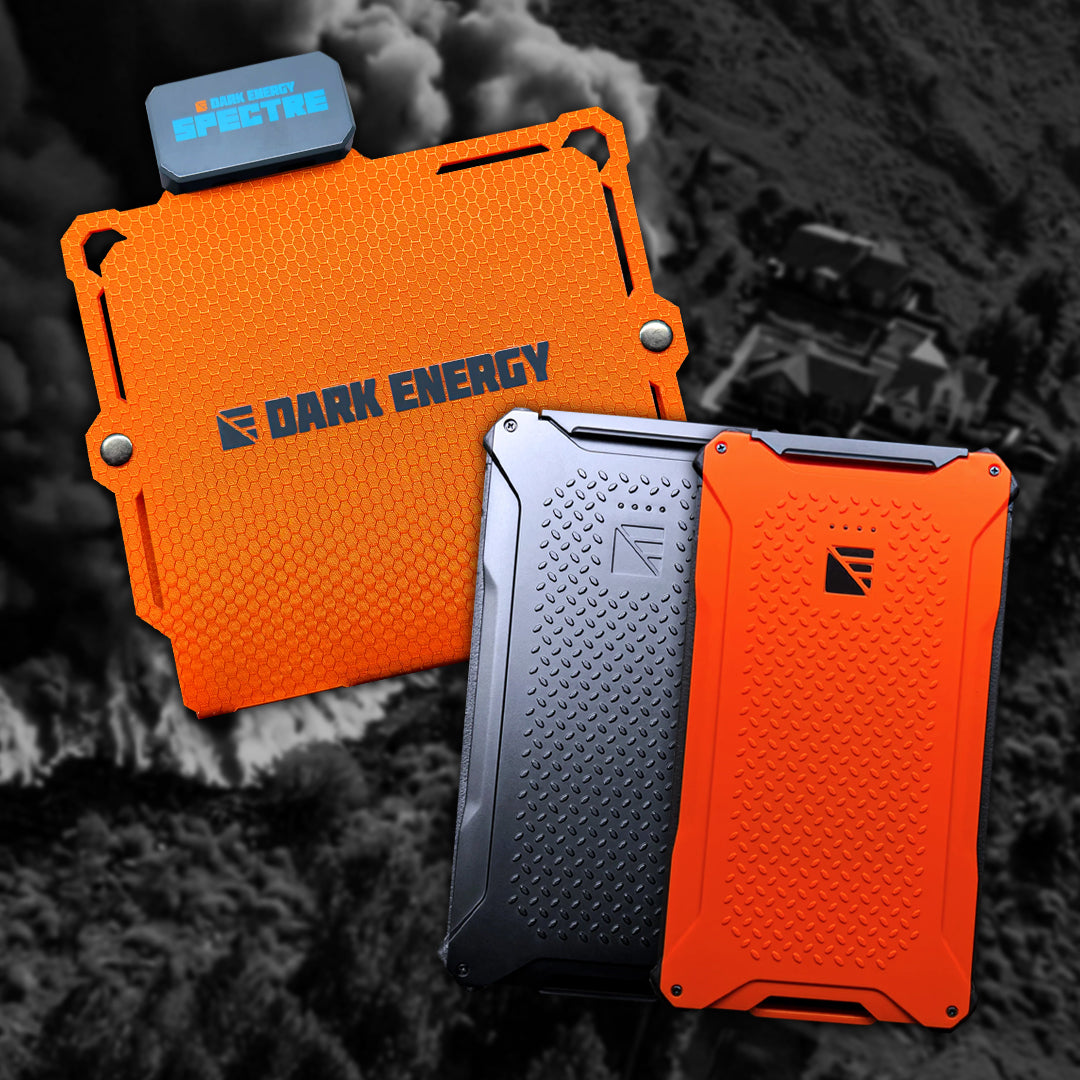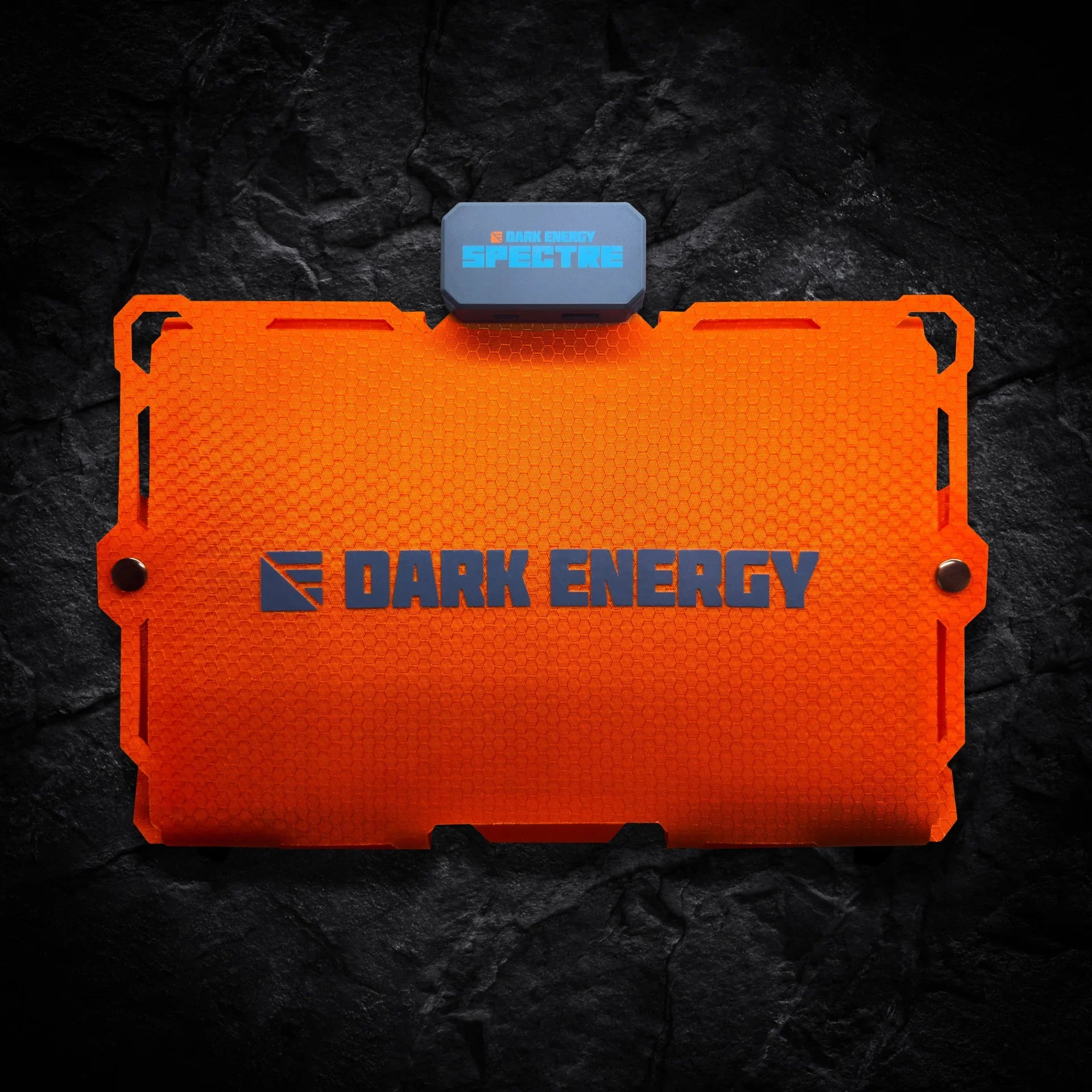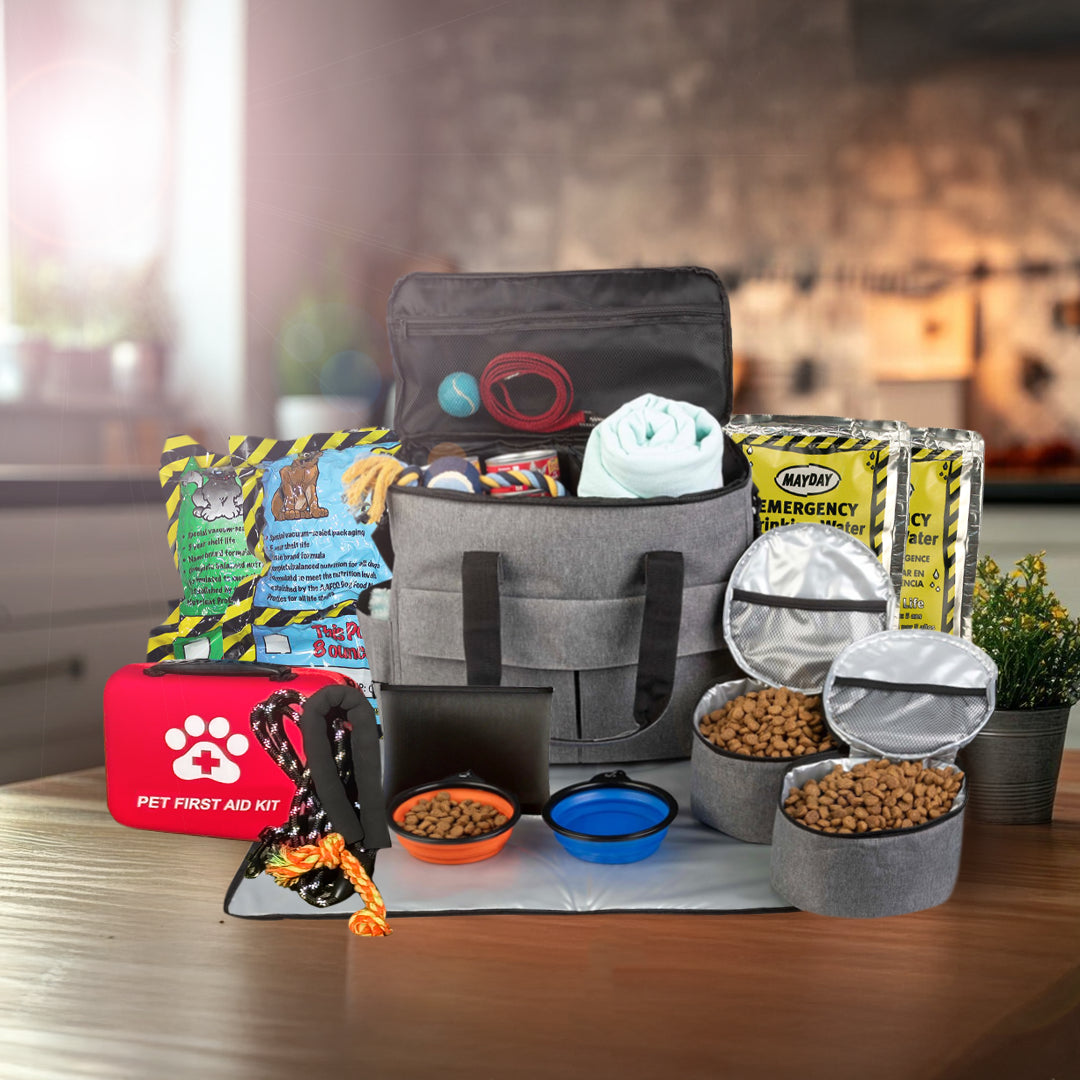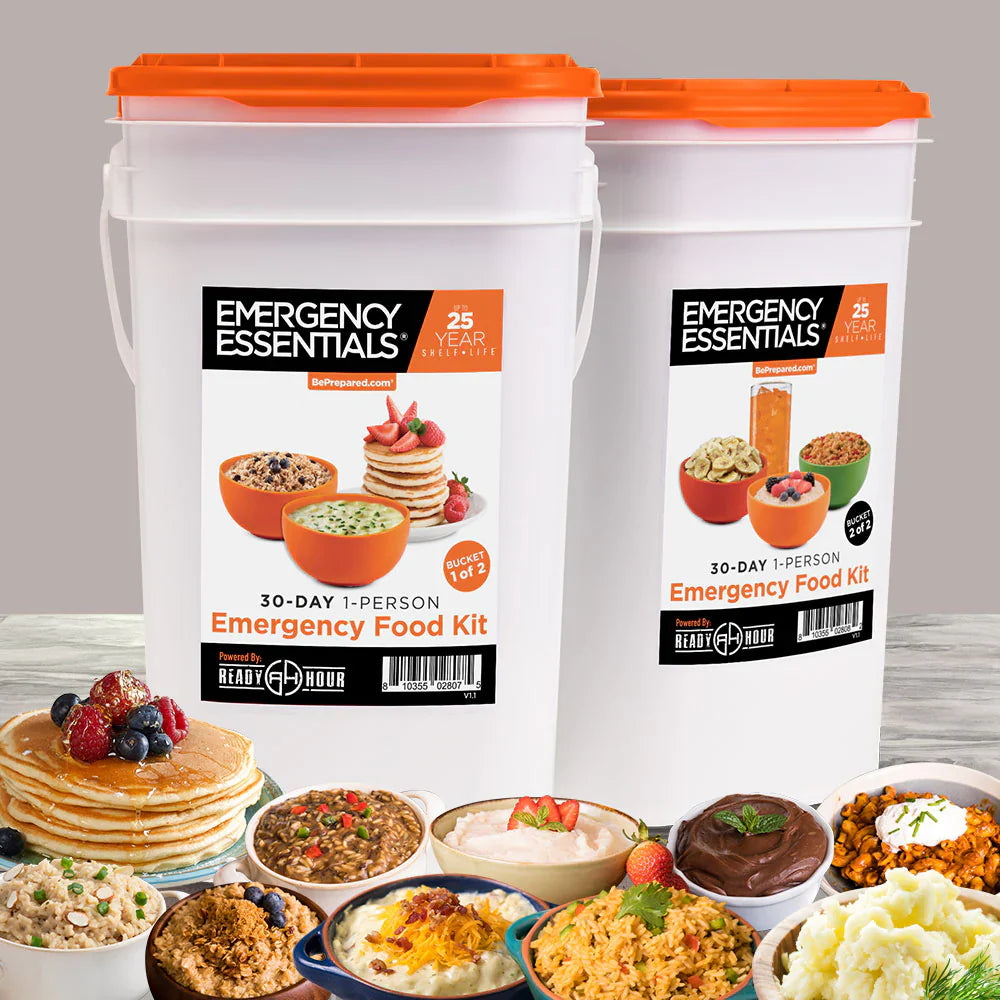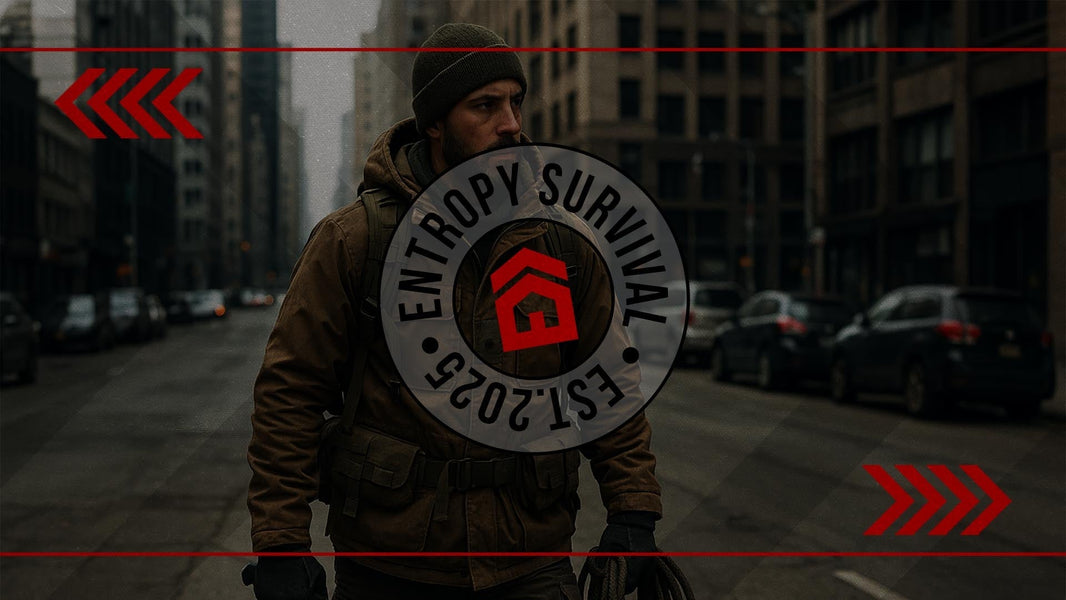In recent years, the United States has seen a sharp rise in incidents of civil unrest – from protests that turn violent to looting, political clashes, and flash mobs shutting down highways or storming stores. Whether triggered by economic turmoil, political tension, social justice movements, or even major sporting events, civil unrest has become a reality in modern America. If you’ve been watching the news and wondering, What would I do if that broke out in my neighborhood? – you're not alone.
Preparedness isn’t panic. It’s peace of mind.
In this guide, we’ll walk you through the most likely civil unrest scenarios, how to prepare your home and family, how to stay safe if things escalate fast, and the essential do’s and don’ts that could save your life. Whether you live in a suburban cul-de-sac, a high-rise apartment, or a rural community, these strategies are designed to give your family the edge when society slips into chaos.
What Does Civil Unrest Actually Look Like?
Civil unrest isn’t always as dramatic as it appears on the news – but sometimes, it’s worse. Understanding the range of threats helps you plan accordingly.
Common Forms of Civil Unrest:
-
Mass Protests or Riots: Crowds form quickly in urban areas, often sparked by a flashpoint event. These can rapidly turn violent, especially after dark.
-
Looting and Vandalism: Opportunists break into businesses and homes, often targeting perceived “wealthier” areas or unsecured buildings.
-
Police Crackdowns or Military Presence: Law enforcement may impose curfews, block roads, or even engage in forceful crowd control.
-
Supply Chain Disruption: Unrest may shut down major transport routes, affecting access to food, fuel, and medicine.
-
Internet/Cellular Blackouts: Governments or bad actors may shut down digital communications to limit organizing efforts or spread panic.
-
Home Invasions or Spillover Violence: If unrest spreads from a commercial area into residential zones, families could be in direct danger.
Who’s Most at Risk?
-
Families in urban or high-density areas
-
Households near government buildings or downtowns
-
Those without alternate power, food, or water sources
-
People who depend on regular medication or care services
-
Anyone caught unaware or unprepared when unrest begins
The hard truth? You can’t predict exactly when civil unrest will break out – but you can control how ready your household is to respond.
Core Principles of Civil Unrest Preparedness
Surviving unrest comes down to four pillars:
-
Avoidance – Stay out of danger zones.
-
Fortification – Make your home a hard target.
-
Mobility – Know how to get out fast if needed.
-
Resilience – Be self-sufficient during disruption.
Let’s break down what each means in practice.
Step-by-Step: How to Prepare Your Family for Civil Unrest
1. Know the Warning Signs
Civil unrest rarely comes out of nowhere. Tensions usually simmer first. Key signs include:
-
Viral footage of police actions or political violence
-
Calls for protests on social media
-
Emergency declarations or curfews
-
Police scanner chatter about crowd control or mobilization
Tactic: Monitor local Reddit threads, scanner apps, and neighborhood Facebook groups. Set alerts for keywords like “riot,” “looting,” or “curfew” in your area.
2. Fortify Your Home
Looters and vandals target soft targets. Your home doesn’t need to be a fortress – just harder to get into than the next one.
-
Install motion lights and security cameras – visible deterrents work.
-
Reinforce entry points with longer screws, door braces, and window film.
-
Keep vehicles parked in garages or behind fences if possible.
-
Have fire extinguishers in case of arson or Molotov cocktails.
-
Close curtains at night to conceal activity inside.
Bonus Tip: Use a cheap security sticker (“This home is monitored 24/7”) even if you don’t have a system. Perception is protection.
3. Stock Emergency Supplies Discreetly
Civil unrest often leads to shortages and panicked runs on stores. Have at least 2–4 weeks of:
-
Water: 1 gallon per person per day (plus pets)
-
Food: Shelf-stable meals, freeze-dried kits, canned goods
-
Medications: A 30-day backup of any prescriptions
-
First Aid: Trauma supplies and OTC meds
-
Lighting: Headlamps, candles, solar lanterns
-
Communications: Battery or crank-powered radios, burner phone
-
Cash: Small bills in case card systems go down
Don’t broadcast your prep. Keep it low-key, especially around neighbors. Desperation makes people unpredictable.
4. Create a “Stay or Go” Plan
Every family should have a two-tiered plan: when to hunker down, and when to bug out.
If Staying Home:
-
Designate a safe room with a deadbolt and backup supplies.
-
Plan for barricading the house if unrest gets close.
-
Use a buddy system with trusted neighbors for updates and defense.
-
Limit movement after dark – that’s when chaos peaks.
If Bugging Out:
-
Have a pre-packed go bag for each family member with essentials.
-
Identify multiple evacuation routes in and out of your area.
-
Designate rendezvous points in case phones go down.
-
Have alternate places to stay (friend’s house, rural Airbnb, family cabin).
Practice your bug-out plan. Don’t wait for the moment to figure it out.
5. Talk to Your Kids Without Traumatizing Them
Preparedness shouldn’t be scary – it should be empowering. Sit down with your children and:
-
Explain what civil unrest is, using age-appropriate language.
-
Review family plans (what to do, where to go, who to call).
-
Practice short, fun drills (e.g., a race to pack go bags).
You want your kids to feel safe because they know the family is ready.
Civil Unrest Do’s and Don’ts
Here’s a cheat sheet worth printing and sticking to your fridge.
✅ DO:
-
Stay calm, alert, and aware of your surroundings
-
Charge all devices and keep backup power sources
-
Keep your car gas tank at least half full
-
Monitor local news, police scanners, and community alerts
-
Help neighbors if it’s safe to do so – strength in numbers
-
Blend in — dress low-profile and don’t draw attention
❌ DON’T:
-
Join crowds or protests “just to see what’s happening”
-
Argue with looters, protestors, or police
-
Brag about being armed or prepped – especially online
-
Rely solely on government alerts or response
-
Leave your home unattended if unrest is near
-
Share your escape plan publicly
Tactical Gear Considerations
If civil unrest escalates, having the right gear can make a difference.
-
Tactical Flashlight: Can disorient threats or signal help
-
Multi-tool or Fixed Blade Knife: Utility and self-defense
-
N95 Mask + Goggles: Tear gas and smoke protection
-
Gloves + Sturdy Boots: In case of debris or broken glass
-
Two-way Radios: For comms without cell service
-
Legal Self-Defense Tools: Pepper spray, stun gun, firearm (if trained and legal)
Only carry what you’re trained to use. Gear is only as good as the person wielding it.
Final Word: Don’t Wait Until It’s Too Late
Civil unrest is no longer a third-world problem. It’s a modern reality, and families who prepare today are the ones who make it through tomorrow with their lives, health, and dignity intact.
Preparedness isn’t paranoia – it’s practical.
Train your mind. Equip your home. Rehearse your plan. And above all, stay adaptable. Chaos favors the unprepared. Let’s make sure that’s not you.
Want to Level Up Your Family’s Safety?
Explore our Civil Unrest Survival Kit, packed with real-world essentials for when society gets unstable — because peace of mind shouldn’t be optional.
👉 Shop Now at EntropySurvival.com
Make sure to check out more articles in our News & Views section. Feel free to reach out any time to see how Entropy Survival can help you prepare you and your family for any disaster or survival scenario.


